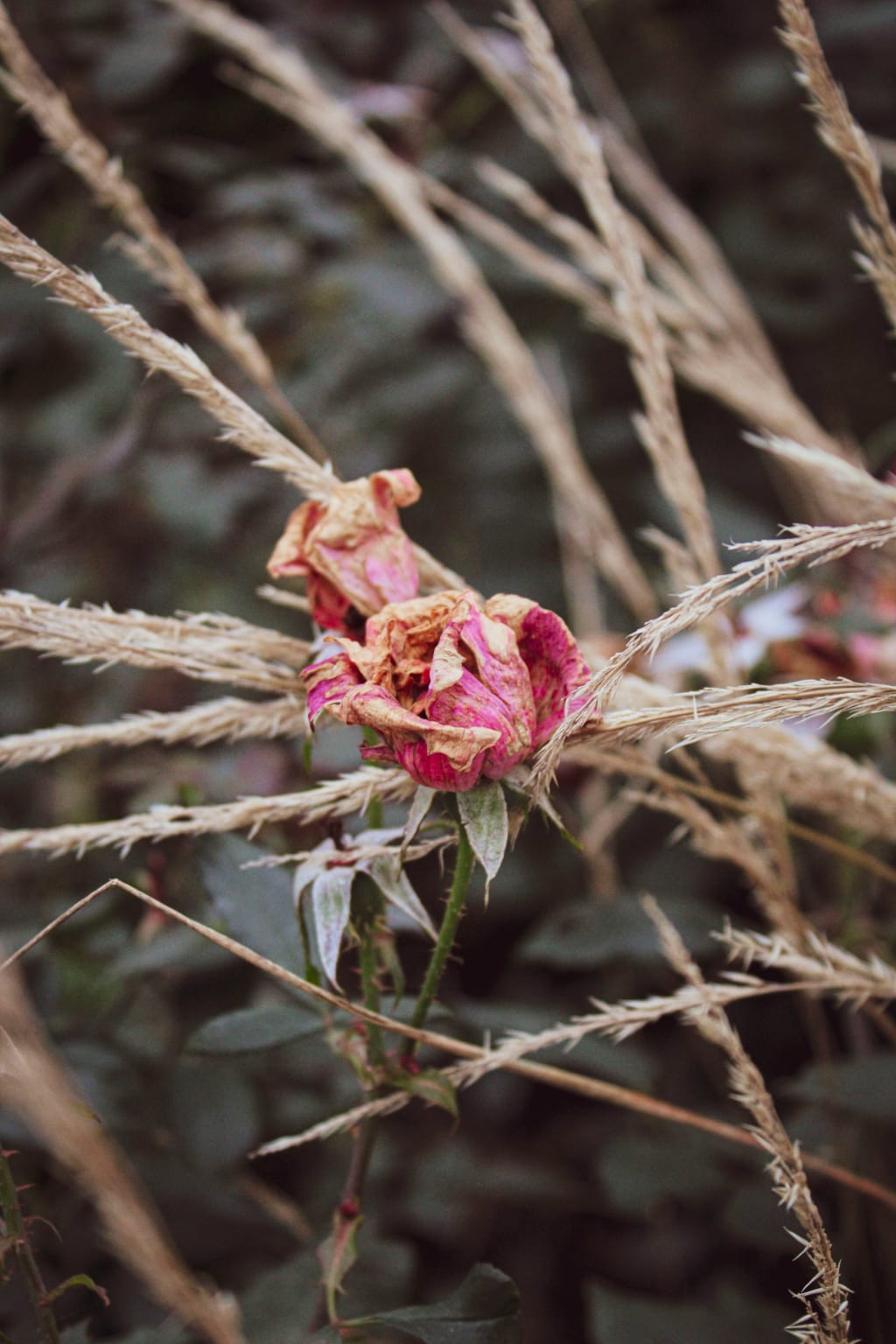The World's Top 10 Deadliest Plants.
Beware of These Beautiful Yet Lethal Plants.

Nature is both beautiful and deadly, with thousands of living organisms on land and in the ocean. While plants add color and beauty to the environment, some have developed a defense system to survive in the wild. Here are the top 10 deadliest plants in the world.
Number Ten: The Manchineel
The Manchineel tree is a fruit-bearing tree that grows in the Caribbean, West Indies, and Central America. It's known as the "Tree of Death" because its sap is extremely toxic and can cause severe skin irritation and even death if it enters the bloodstream. Its fruit is sweet, but ingesting it can cause anaphylactic shock. Burning the tree can release toxins into the air, causing eye irritation and blindness in some cases.
Number Nine: The European Yew
The yew tree is common in Europe, Northwest Africa, and the Middle East. All parts of this tree are poisonous except for the red, fleshy aril that surrounds its toxic seeds. The tree contains a poison called taxane in its leaves and seeds, which can cause death within a few hours of ingestion. Symptoms of yew poisoning include increased heart rate, labored breathing, and muscle spasms. Unfortunately, most people do not experience any symptoms and may die before receiving medical treatment.
Number Eight: The Suicide Tree
The Suicide Tree is a beautiful ornamental plant found in India and Southern Asia. Its small fruit, resembling tiny mangoes, is extremely toxic and contains glycoside cerberin. Ingesting the fruit can lead to diarrhea, vomiting, and cardiac distress, and a single fruit can kill an adult human within hours.
Number Seven: Castor beans
Castor beans are extremely poisonous due to the presence of ricin, one of the most potent and deadly toxins on Earth. Ingesting the beans can cause a range of life-threatening symptoms, from gastrointestinal inflammation to bloody diarrhea, decreased blood pressure, and organ failure. Pulverized castor beans, when inhaled, can cause pulmonary edema. Symptoms may not appear until several days after ingestion, making it difficult to detect until it's too late.
Number Six: The Rosary Pea
Found in Indonesia, the Rosary Pea gained its name as it was once used as beads for rosaries by missionaries. Also known as “Crabs’s Eye” for its unique red and black coloration and has become naturalized in areas of the United States when it was first introduced. Even though the plant and its flowers are mostly harmless, the peas hide a sinister secret. These peas are extremely toxic and lethal to humans and it only takes as little as 3% of the pea’s toxin to kill an adult person. However, even though ingested, if the pea’s hard outer shell is not broken, the toxin will pass through the body without causing any harm.
Number Five: The White Snakeroot
Native to the Eastern United States, the White Snakeroot is a herbaceous perennial plant that is commonly mistaken for a weed. The plant’s leaves and stems contain a toxin called tremetol which can be deadly. Cattle that graze on the plant will, in turn, produce milk that contains the toxin. The milk was then consumed by humans, causing a condition called milk sickness. Symptoms of milk sickness include vomiting, delirium, and tremors and, if left untreated, can cause death.
Number Four: The Deadly Nightshade
The name itself is enough to send shivers down one’s spine. The plant’s berries contain toxic alkaloids that can cause symptoms such as delirium, hallucinations, and convulsions. In extreme cases, it can even cause death. The plant’s leaves and stems also contain the toxic alkaloids but in smaller doses.
Number Three: The Angel’s Trumpet
Also known as Brugmansia, the Angel’s Trumpet is a flowering plant that is native to South America. The plant’s flowers are trumpet-shaped and fragrant, which makes it a popular ornamental plant. However, all parts of the plant contain toxic alkaloids such as scopolamine, atropine, and hyoscyamine. Ingesting any part of the plant can cause symptoms such as confusion, hallucinations, and even coma.
Number Two: The Water Hemlock
The Water Hemlock is native to North America and is considered to be the most deadly plant in North America. All parts of the plant contain cicutoxin, which is a potent neurotoxin. Ingesting even a small amount of the plant can cause symptoms such as nausea, vomiting, seizures, and eventually death. The plant has been responsible for the deaths of many humans and livestock.
Number One: The Aconite
Also known as monkshood or wolf’s bane, the Aconite is native to Europe and Asia. The plant’s roots contain aconitine, which is a potent neurotoxin. Ingesting even a small amount of the plant can cause symptoms such as numbness, tingling, and eventually death. The plant has been used as a poison for centuries and is considered to be one of the deadliest plants in the world.
About the Creator
Abdul Hannan Saif
Blogger | Writer | Explorer | wish to inspire, inform and help others to see fascinating discoveries and live a fulfilled life!






Comments (1)
Good work